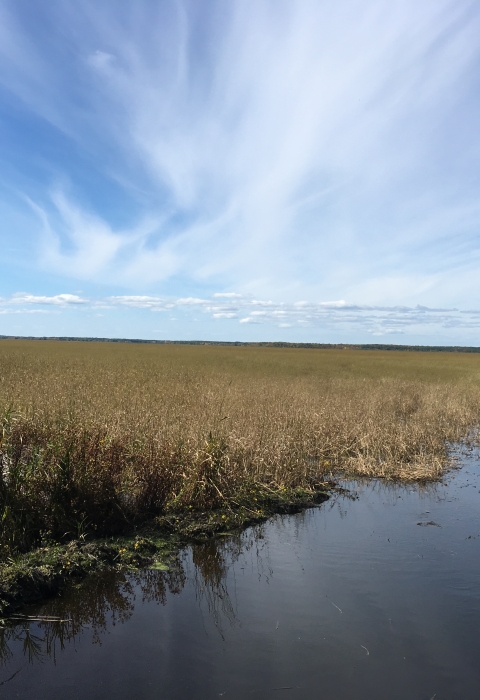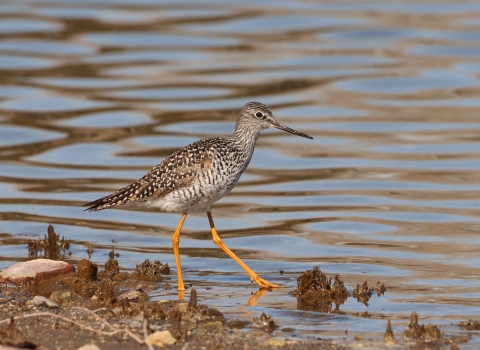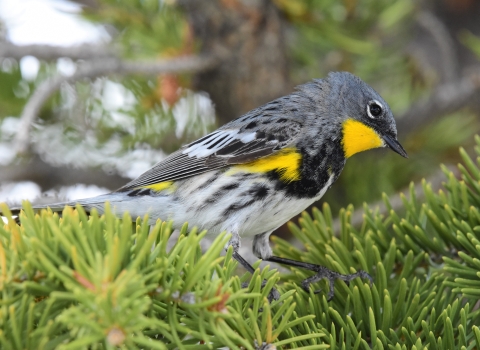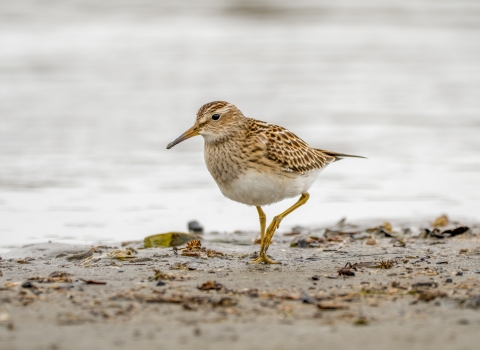The U.S. Fish and Wildlife Service today announced nearly $5 million in Tribal Wildlife Grants to Native American and Alaska Native tribes in 16 states. The awards will support 29 fish and wildlife conservation projects that benefit a wide range of wildlife and habitat, including species of Native American cultural or traditional importance and species that are not hunted or fished.
“Tribal lands protect some of North America’s most important remaining blocks of wildlife habitat, encompassing more than 100 million acres of land home to hundreds of native species,” said Service Director Dan Ashe. “The Tribal Wildlife Grants Program helps us work in partnership with federally-recognized tribes, state wildlife agencies and other federal government agencies to restore and sustain important habitat to benefit all Americans for generations to come.”
Since its inception in 2003, the competitive Tribal Wildlife Grants program has awarded more than $72 million to Native American and Alaska Native tribes, providing support for more than 420 conservation projects. The funds have also provided technical and financial assistance for development and implementation of projects that benefit fish and wildlife and their habitats, including non-game species.
The grants have enabled tribes to develop increased management capacity, improve and enhance relationships with conservation partners, address cultural and environmental priorities and help train the next generation of conservationists by engaging tribal students interested in fisheries, wildlife and related fields of study. Some grants have been awarded to support recovery efforts for federally listed threatened and endangered species.
For example, Tribal Wildlife Grants funding has gone to help the Red Lake and White Earth Bands of Chippewa Indians reestablish the once abundant and culturally important lake sturgeon to the Red River of the North Watershed in Minnesota for the first time in nearly 60 years. Grant awards in 2006, 2009 and 2012 helped the tribes develop a sturgeon management plan and to stock thousands of sturgeon in Red Lake. The reintroduction program, implemented in partnership with the Service and the Minnesota Department of Natural Resources, has been a tremendous success, with lake sturgeon now being caught throughout the lake basin.
In Alaska, grant awards in 2014 and 2015 helped the Native Village of Tyonek develop a watershed action plan and replace a culvert on Old Tyoneck Creek that opened up more than 10 miles of stream habitat for salmon.
And in the Southwest, Tribal Wildlife Grants have helped multiple tribes conserve bald and golden eagles, while maintaining their traditional religious practices. The Iowa Tribe of Oklahoma was the first Tribal Wildlife Grant recipient and today houses 45 bald and golden non-releasable eagles. The tribe has also rehabilitated 17 eagles and released them back into the wild. The Citizen Potawatomi Nation of Oklahoma also received grant funding to build an aviary, which currently houses 14 non-releasable eagles.
Finally, the Navajo Nation used grant funding to build an aviary, which is scheduled to open this summer. The aviaries allow the Tribes to care for eagles and rehabilitate those that can be released into the wild, while collecting naturally molted feathers for religious and cultural use.
The grants are provided exclusively to federally recognized Indian tribal governments, and are made possible under the Related Agencies Appropriations Act of 2002 through the State and Tribal Wildlife Grants Program. Proposals for the 2017 grant cycle will open May 2, 2016 and are due September 2, 2016.
A complete list of the 2016 Tribal Wildlife Grant awards can be found here.
For additional information about Native American conservation projects and the Tribal Wildlife Grants application process, visit http://www.fws.gov/nativeamerican/grants.html or http://www.grants.gov/.



